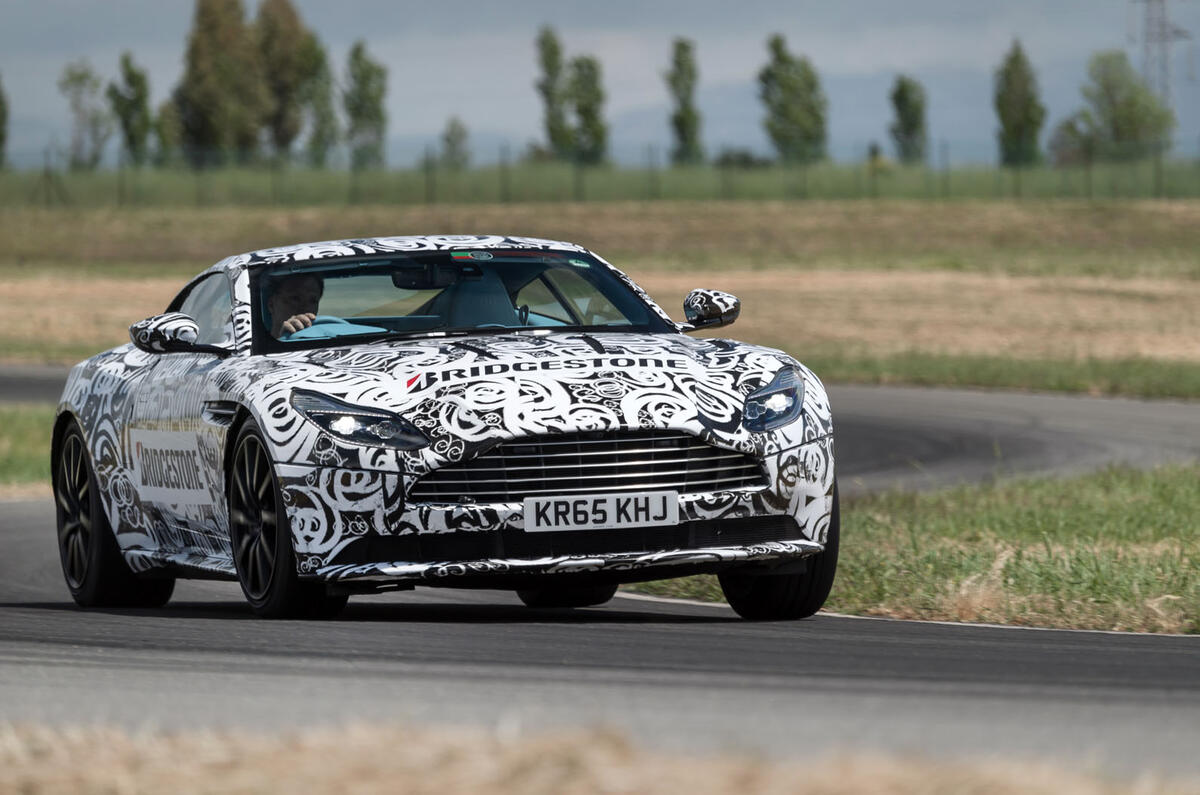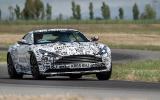What is it?
It’s a DB11; the model Aston Martin calls the most important car in its history. Personally, I think that’s over-egging it slightly, but it’s certainly up there with DBs 2, 4, 7 and 9 in its significance for the future health of this often troubled company.
We've now driven the 2016 Aston Martin DB11. Read the review here.
Many exotic car manufacturers have recently embraced the dark side of better than atmospheric induction and added turbochargers to their petrol engine, Porsche and Ferrari among them, but none more successfully than this. For a turbocharged engine, the noise and response of the DB11’s motor is not good, it’s a miracle. Of course, such an engine does not make a fine GT car, but it certainly sets it off on the right foot.
The DB11 is the most powerful model ever to bear the initials and in Aston road car history it’s beaten for output only by the One-77 and its seven-digit list price. Its bonded aluminium structure and aluminium panels share a philosophy with Aston’s old V/H platform strategy but nothing else. The 5.2-litre V12 motor is related in a similar way to the old 6.0-litre V12. Apparently its bore centre spacings are the same, but that’s about it.
True, it diverts its power to the same eight-speed ZF gearbox now used in the Aston Martin Rapide and Aston Martin Vanquish (but never the DB9) mounted between the rear wheels, but from there power distribution and control is managed by a new design of limited slip differential and Aston Martin’s first multi-link rear axle.
As for that engine, it displaces 5204cc and produces 600 proper brake horsepower. It has cylinder deactivation and stop/start functions, but now also two exhaust-driven turbochargers. In its output and specification it is not dissimilar to the 6.0-litre twin turbo W12 newly re-imagined for the Bentley Bentley Bentayga, but in its character it is as different as a sabre and a sledgehammer.
I’ll leave an in-depth critique of the interior to my colleagues when they try a pristine production specification car later in the year and not this hard worked, dog-eared validation prototype wearing the camouflage of its Bridgestone tyre supplier.








































Join the debate
Add your comment
Hats off to Aston Martin
Just not
@Aussierob
The console didn't stop a 6ft